How to plant a beautiful linden tree and what kind of care does she need?
The mighty lime trees have a beautiful curly crown. In the summer, it turns into a fragrant, humming hive. If the site is spacious, its owners can plan in advance how and where to plant a linden. Several trees will make a great group. Linden will become tall and lush in a few decades. A young tree is plastic, the crown is given a look of choice. Linden at any age is attractive with a cozy shadow created by picturesque foliage.
Kinds
A broadleaf tree formed in temperate climates millions of years ago. The most common in Europe and Asia, there are more than 30 species. It grows in a wild and cultivated form. Different types of lindens bloom from spring to mid-summer. The tree is a long-liver, there are specimens growing for over 500 years. There are large linden plantations on the site of old manor estates, which are more than 200 years old.
- Caucasian linden
The trunk grows up to 40 m, the crown is round, very spreading. Dark red young shoots look picturesque. Found in the Caucasus and north-west Asia.
- Manchurian linden
Often the tree grows multi-stemmed, rising up to 20 m. The frost-resistant species is widespread in the Far East and in the Amur region.
- Silver linden
This species is also called felt linden. On the leaves on top there is a gentle downy, below - dense. A tree with a wide-pyramidal crown, high, reaching 30 m. It is found in the forests of the middle climatic zone of Russia.
- Small-leaved linden
In our country, this is the most common type. Usually, when they talk about linden, they mean this type of linden trees.
- Large-leaved linden, or broadleaf
Very similar to small-leaved. The surface of the leaf blade is wider, up to 12 cm.A tree with a tent-shaped crown, from 18 to 25 m wide.It grows faster than a small-leaved one, it reaches 40 m.In a year, the seedling grows by 45 cm, and the crown spreads up to 35 cm.It is demanding for soils, develops better on alkaline or slightly acidic. Distributed in Western Europe in regions with mild winters.
When buying seedlings of Manchurian and broadleaf linden, they choose those that are grafted onto small-leaved. They develop faster and bloom from 5-6 years.
Description
The trunk of a small-leaved linden tree is upright, single, reaches 30 m in height. The bark is gray-brown, covered with a network of cracks. The crown is branched, dense. The alley of old lindens almost does not let the wind through, forms a kind of cozy space. There are also multi-stem trees. In oppressed conditions, the plant takes on the form of a shrub, which spreads through root shoots. A strong root system is based on a powerful taproot that penetrates deep into the ground.
The leaves are large, up to 17 cm, cordate, serrate. The flowers are small, collected in semi-umbels with large leaf-shaped greenish-yellow bracts. When the linden blossom time comes, in June-July, the air is saturated with a soothing aroma that spreads over several tens of meters. The flowers are rich in nectar, this tree is the best honey plant. The seeds are small edible nuts.
Characteristic
Small-leaved linden is an unpretentious, winter-hardy, shade-tolerant and drought-resistant tree. Withstands 40-degree frosts. Likes to grow in spacious sunny areas, the crown in such a planting becomes especially luxurious. Large trees grow on fertile, moderately moist soils with good natural drainage. In its distribution area, the small-leaved linden is found on different types of soils. The best soil for her is sandy, enriched with humus.The tree will not grow in areas where groundwater is close.
The developmental period of linden is very extended. Young seedlings rise slowly. Only after 7–10 years of age the trees grow more intensively and exceed 2–3 m. A tall, spreading small-leaved linden tree is formed only by 40 years of age. Mature trees, due to their strong root, do not need watering. Watering young plants during an extended period of drought. Seedling maintenance includes regular watering.
Linden is widely used and continues to be used in landscaping. But a durable tree cannot stand the concentration of pollutants - in the conditions of the streets of industrial cities it lives only up to 60-80 years. In city parks, linden plantings last twice as long.
Beekeepers try to plant large groups of lindens, if possible, on the site. Thanks to linden nectar, the productivity of bee colonies increases and the quality of honey improves.
Application in landscape design
Lindens are very often planted in parks, as well as in spacious household plots. Thanks to its silky, spreading, but neatly shaped crown, the tree is very decorative. The crown forms on its own, but the tree easily tolerates haircuts and holds the silhouette created by the garden designer for a long time. A powerful plant that looks impressive in a variety of garden designs.
- Lipa is a bright soloist, located no closer than 8-10 meters from a residential building.
- Creates a dense hedge, almost a green wall, that can be trimmed as desired. Saplings for hedges are placed every 2 m.
- Romantic alleys that will become more charming as they get older. The distance between the seedlings is at least 4 m.
- Picturesque groves of several trees.
When planting a linden, you need to remember that after 10-15 years it will spread its branches wide and occupy a large area. Dense foliage does not allow picking up a wide range of ground covers.
Reproduction
Linden is spread by growing seedlings from seeds, digging out root cuttings, as well as cuttings created from low-lying branches. It can take 10 years to get a young flowering tree.
- Stem layering
In early spring, part of the lower branch is buried in, strengthening it on the ground. The place is marked and watered, especially during summer dry periods. Rooting continues for more than one season. The seedling will be ready for planting in 2-3 years.
- Root layers
It is easier for linden to propagate this way, because it gives abundant root growth. A seedling with a thick lobe is selected and transferred to a new site.
- Seeds
Growing linden by seeds is a long and rather complicated process. But as a result, you can get more than a dozen seedlings. Under natural conditions, linden seeds germinate not next spring, but a year later. Therefore, for germination, they must be stratified for a long time - up to six months. To do this, prepare a container with wet sawdust, sand or sand and peat mixture (in a 1: 1 ratio). The seeds are deepened by 2-3 cm, the container is placed in a cold and dark place, preferably with a temperature that is kept at zero. The mixture is watered moderately all the time so that the seeds do not dry out.
In the spring, seeds are taken out and sown on a plot in the garden. With the threat of recurrent frosts, seedlings must be covered, otherwise they may die. Young stickies are sensitive to moisture. They are regularly watered, the soil is freed from weeds. In good conditions, by autumn, seedlings grow up to 15-50 cm. A full-fledged seedling is obtained in 2 years. The strength of growth is different for different species. Small seedlings are transplanted only in spring, they do not tolerate autumn transshipment well.
If the seedlings are grown in a container, the substrate is prepared from 1 part of sod or garden soil, and 2 parts of humus and sand are also taken. Humus is sometimes replaced with compost.
Landing
Saplings that have grown for 2-3 years and have reached a height of 1-1.5 m are transplanted in the fall, choosing damp cool weather.
- For the soil mixture, turf soil, compost or humus and sand are prepared, enriching it with 50 g of superphosphate.
- A pit is dug up to 0.7-0.8 m deep, 0.5 m in diameter.
- Drainage is laid below, and then the finished soil.
- A seedling is placed on the humus, sprinkled with soil mixture and filled with water.
- A peg is installed nearby, to which the seedling is attached.
- Along the perimeter of the hole after planting the trees, they arrange sides to retain water after watering.
- The trunk circle is mulched.
When planting, the root collar of a linden seedling is left above the soil.
Care
Linden does not require special care, but some manipulations are still necessary at first.
- The trunk circle is regularly loosened to remove weeds.
- A young tree needs to be constantly watered with 20 liters of water per 1 sq. m of the crown projection, then mulch the soil near the trunk.
- For the first few years, young linden is fed with a solution of mullein with water in a ratio of 1:10. Top dressing is carried out in April or May, at the beginning and in the middle of summer. 25 g of ammonium nitrate and 20 g of urea are also added to the mullein.
- In autumn, the seedling is fertilized with 20 g of nitroammofoska per 10 liters of water.
- In spring, they carry out sanitary pruning of shoots.
- The next year after planting, the seedling can be trimmed by shortening the branches by no more than one third.
Diseases and pests
Linden leaves can suffer from gleosporia, or a creamy spot caused by a fungus. Trees are sprayed with fungicides "Strobi", "Abiga-Peak", "Vectra". Treatment must be carried out, otherwise, if the disease persists for the next year, the tree may not bloom.
Old trees are affected by white rot, which is caused by tinder fungi developing on the trunks.
The traditional tree of Slavic villages will decorate the site for many years - and will become a family tree as a keepsake for posterity.
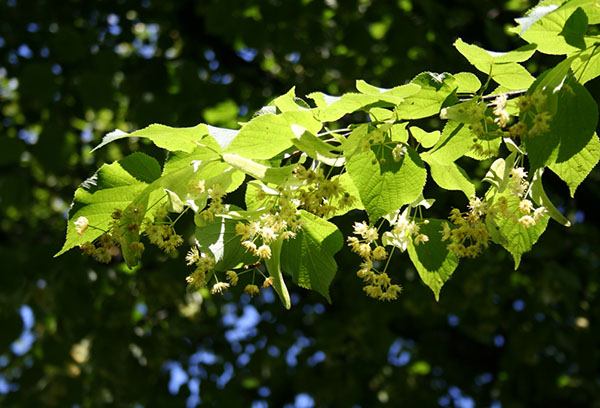
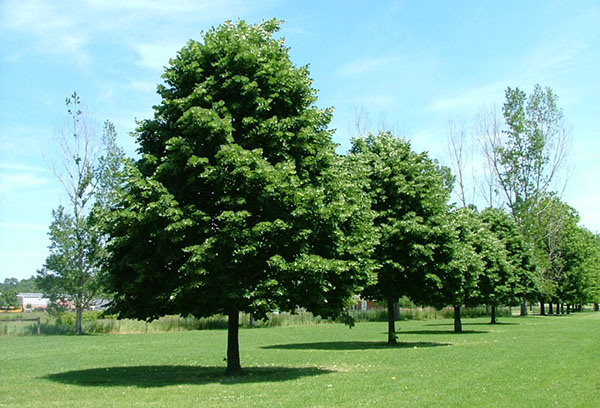
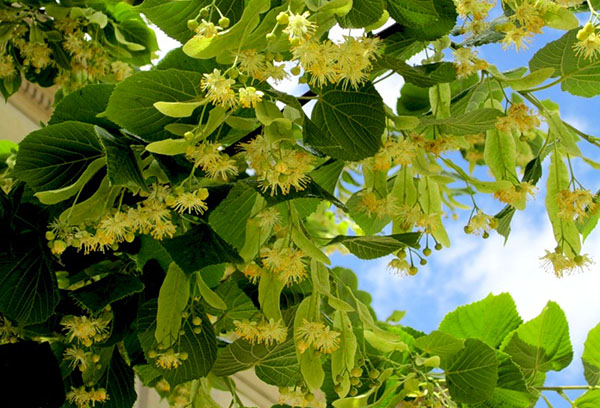
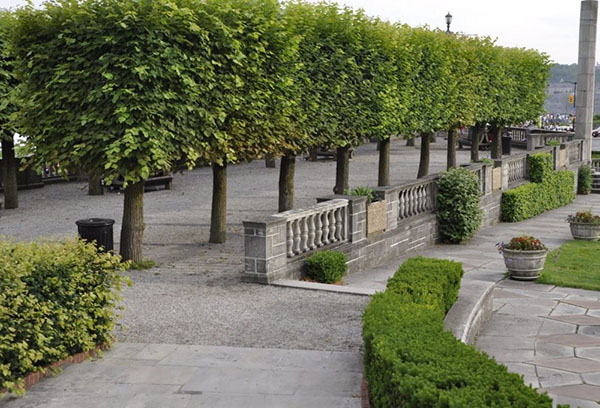
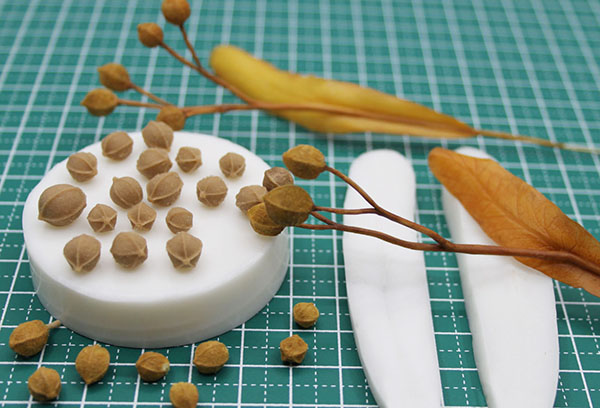

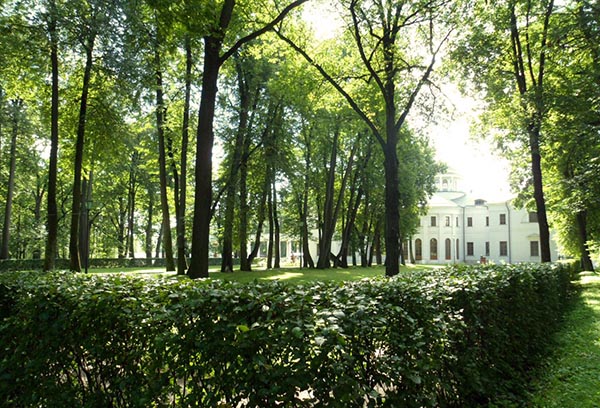

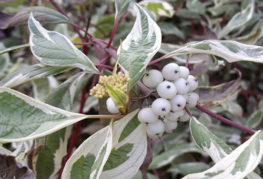
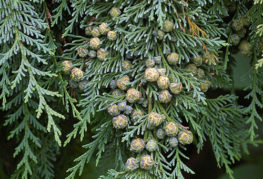
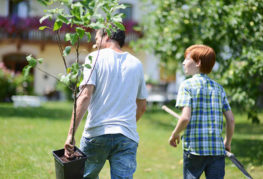
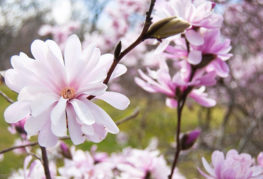
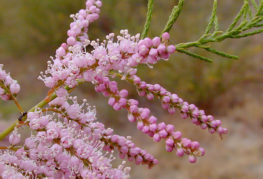
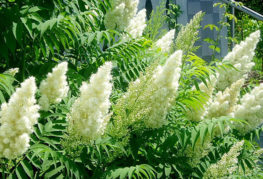
and will be published shortly.